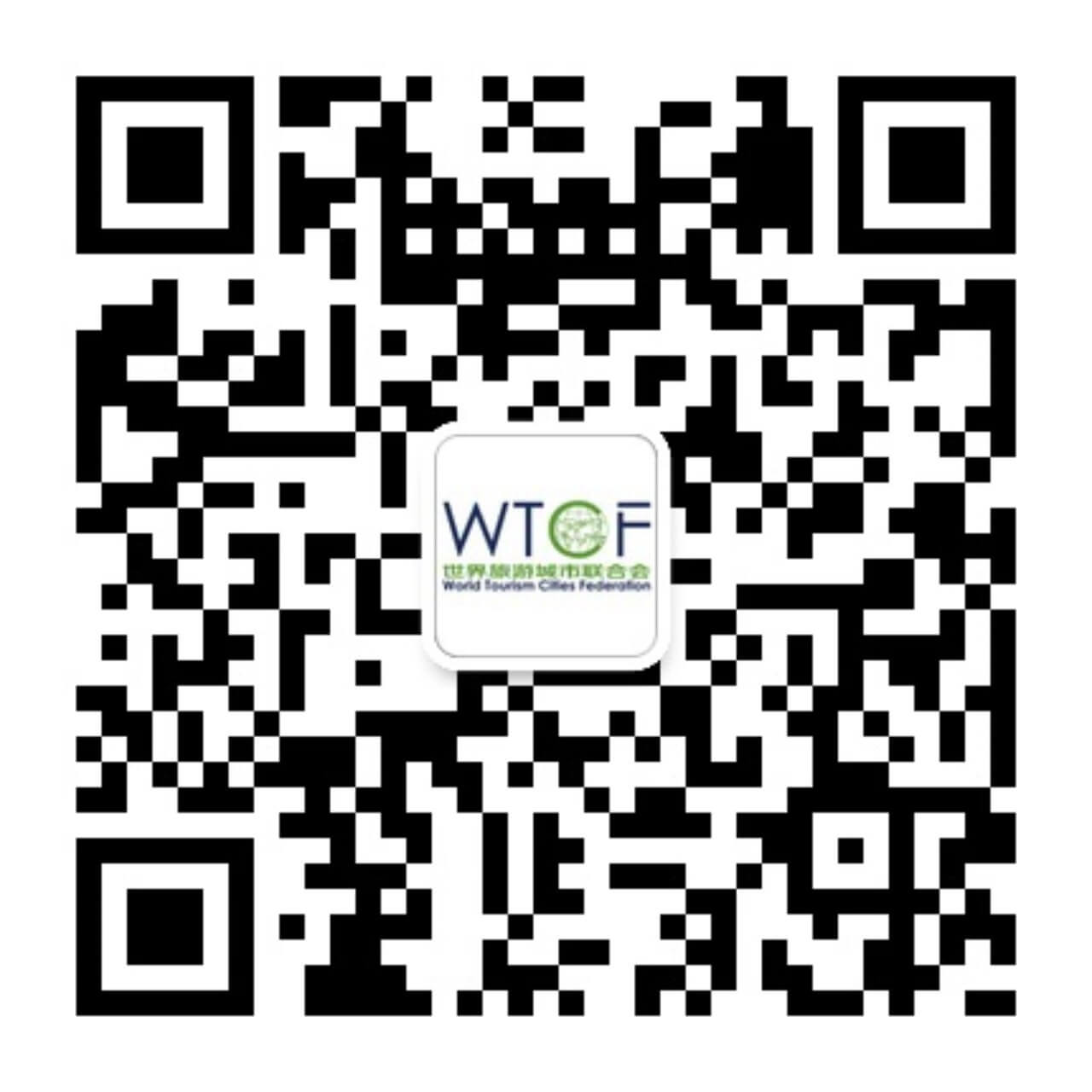Home >City Members > Fez
City Introduction
Fez is the second largest city in Morocco. The city is known for its famous historical and cultural connotations and is the oldest among the four ancient imperial cities. It is also indisputably the symbol of Morocco's center. The city took its shape soon after the Arab swept off the North Africa and Spain, and became the country's religious and cultural center. The Arab region located in the old Fez was one of the world's largest medieval cities; the winding alleys in the city are crowded with all kinds of manual workshops, restaurants, and markets. Mosques, schools, dye-works, and tanneries are scattered in the city. As the oldest emperor city in Morocco, Fez has established sister-city relations with 12 ancient cities including Lahore (Pakistan), Fiorentina (Italy), Crowdopa (Spain), Strasbourg (France), and Wuxi (China).
History and Culture
Fez, was the first Muslim city to be established in the history of North Africa, and has been Morocco's religious, culture, and art center for more than one thousand years. The Fez River forks here and thus gives birth to a land suitable for farming; therefore, "Fez" stands for "golden axe" and "fertile land" in Arabic. Fez, a city on a hillside, overlooks a vast plain and plays a role of strategic town. Fez is made up of the old city (El-bali), new city (El-Jdid), and new urban area (Villenouvelle). El-bali is one of the world's largest existing cities of typical medieval style, and has been on a par with Cairo (Egypt's capital) and Damascus (Syria's capital) in the Arab countries. As the Medina of Fez, El-bali possesses profound religious, traditional culture, and philosophy foundation, which was designated as "world cultural heritage" protection area by UNESCO in 1981 and listed in the world's major cultural relics emergency rescue project. El-bali, covering an area of 250 hectares, was built by Idris II in 808 A.D. It is Morocco's first emperor city, whose 17-km city wall is well preserved, and retains a strong Arab color. Fez is the sacred place and culture exchange center of Morocco, as well as the home to Moroccan national spirit.
Natural Environment
Fez, surrounded by hills on the outskirts, was built in a small valley. The hillside is covered by lush olive trees, and across the hills is a boundless plain with crisscrossed rivers, tranquil waters, pleasant climate, lush vegetation, and abundant natural resources, so it is given the name of "fertile land".
Climate
Morocco boasts a diverse climate. It is the Mediterranean climate in the north, hot and dry in summer, moderate and moist in winter, and the average temperature in January is 12℃ and 22-24℃ in July. The precipitation is 300-800 mm in the north. It is the subtropical mountain climate in the middle area, which is moderate and moist, with an air temperature changing with altitude. While the eastern and southern areas enjoy a tropical desert climate with an annual average temperature of 20℃, and annual precipitation less than 250mm. With pleasant climate all the year round and lush flowers and trees, Morocco has earned its reputation as the "cool homeland under the Scorching Sun". As a picturesque country, Morocco is also given the name of "garden in North Africa".
 WTCF WeChat Subscription Account
WTCF WeChat Subscription Account WTCF WeChat Service Account
WTCF WeChat Service Account